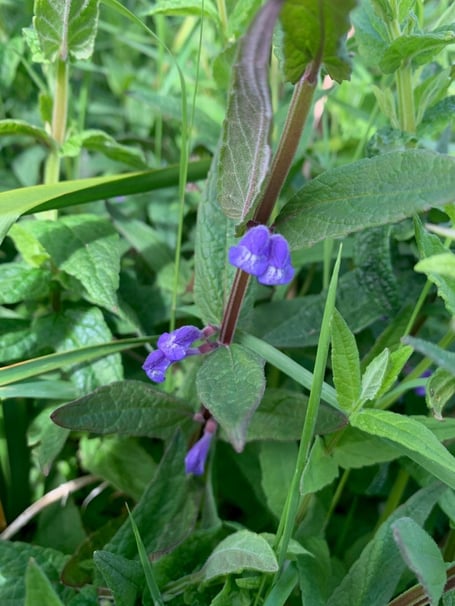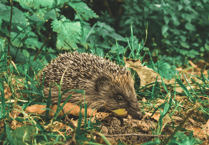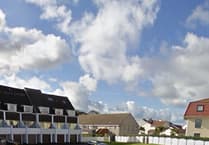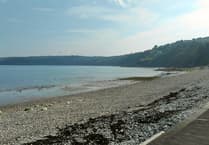Skullcap, a rare wildflower, has been rediscovered in the island by Manx Wildlife Trust (MWT), after an absence of 142 years.
MWT’s agri-environment officer, David Bellamy, found the species whilst visiting a dairy farm on July 4.
Unable to identify the unusual plant, he photographed it, and it was later identified by MWT botanist Andree Dubbeldam as being Skullcap, a species not seen in the wild on island since the 19th century.
Skullcap (scientific name Scutellaria galericulata) is a perennial member of the mint family and is a wetland-loving species.
It has blue flowers which are 1-2cm long and it usually grows 20-45cm tall.
It was found on an area of wet, marshy grassland, a common but threatened habitat which is best known to farmers by its Manx name ‘garee’.
Skullcap was first recorded 190 years ago, in 1832, near Scarlett by the world-famous Manx naturalist Professor Edward Forbes.
It was not recorded again for another half-century, when it was seen by the celebrated Manx historian PMC Kermode on July 6, 1880, also at Scarlett, where it has not been recorded since. This was the last native record for the island.
Andree subsequently visited the farm to confirm the finding.
He said:‘This plant is clearly native to the site where it is abundant in about 100 square metres of very wet, cattle-grazed marsh.
Our recent review of Manx wildflowers has found that 45 species of native plant have gone extinct since botanical recording began, with almost half of these extinctions having occurred since the passage of the Wildlife Act in 1990, so this exciting rediscovery is very welcome news.’
MWT will soon be publishing this review, ‘Plants of Conservation Concern’, in the Isle of Man 2022, which has investigated the conservation status of all 500 wild plants found on the island.
This has found 41% are of conservation concern.
David Bellamy said: ‘This important rediscovery shows how vital farming and farmland habitats are to Manx biodiversity, especially our marshy garees, no matter how small, which are so easily lost to drainage or the abandonment of traditional grazing.
‘The continued cattle grazing of our garees is vitally important for rare wildflowers. Without grazing these areas quickly get overtaken by sallies, brambles and gorse, stopping rare wildflowers from flourishing.’
David went on: ‘MWT is working closely with Manx farmers to identify and enhance important farmland habitats and ensure farmers receive financial recognition for their ideal management under DEFA’s new agri-environment scheme.
‘We see farming as the solution, not the problem, to many of the ecological issues we face in the island, and this is a great example of the many benefits of working closely with our farming community to improve wildlife habitats alongside productive agriculture.’
Andy Cooper, agriculture policy manager at DEFA said, ‘Agriculture covers 72% of the Isle of Man, so protecting the environment is one of the four key objectives of the island’s agricultural strategy, along with supporting active farmers, supporting productivity and supporting investment.
‘Last year more than 160 farm businesses benefitted from support under the agri-environment scheme for farming in a nature-friendly way’.
Dr Michelle Haywood MHK, DEFA member with responsibility for the environment, said: ‘This rediscovery shows how vital wetlands are for our biodiversity.
‘Under the Ramsar Convention we have an international obligation to protect our wetlands, including marshy grassland which in the island is one of our most important types of wetland habitat’.





Comments
This article has no comments yet. Be the first to leave a comment.